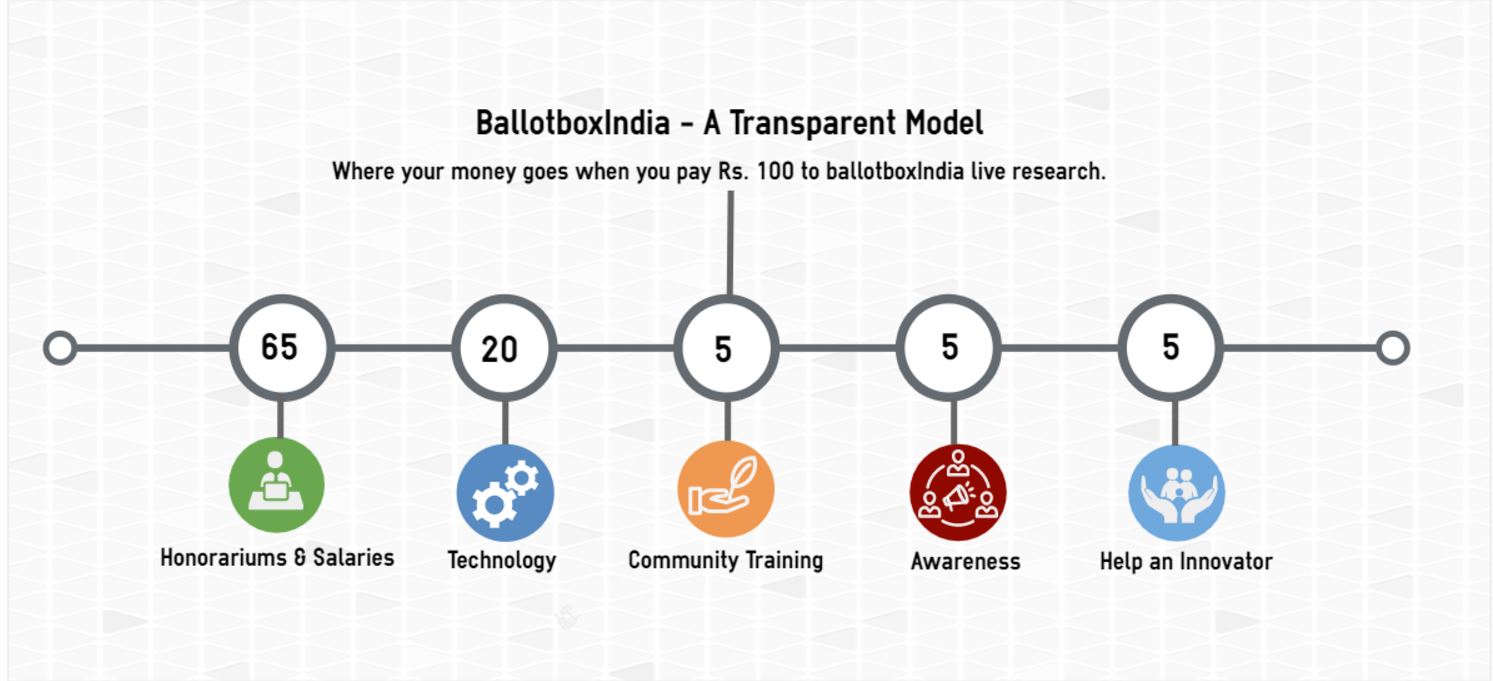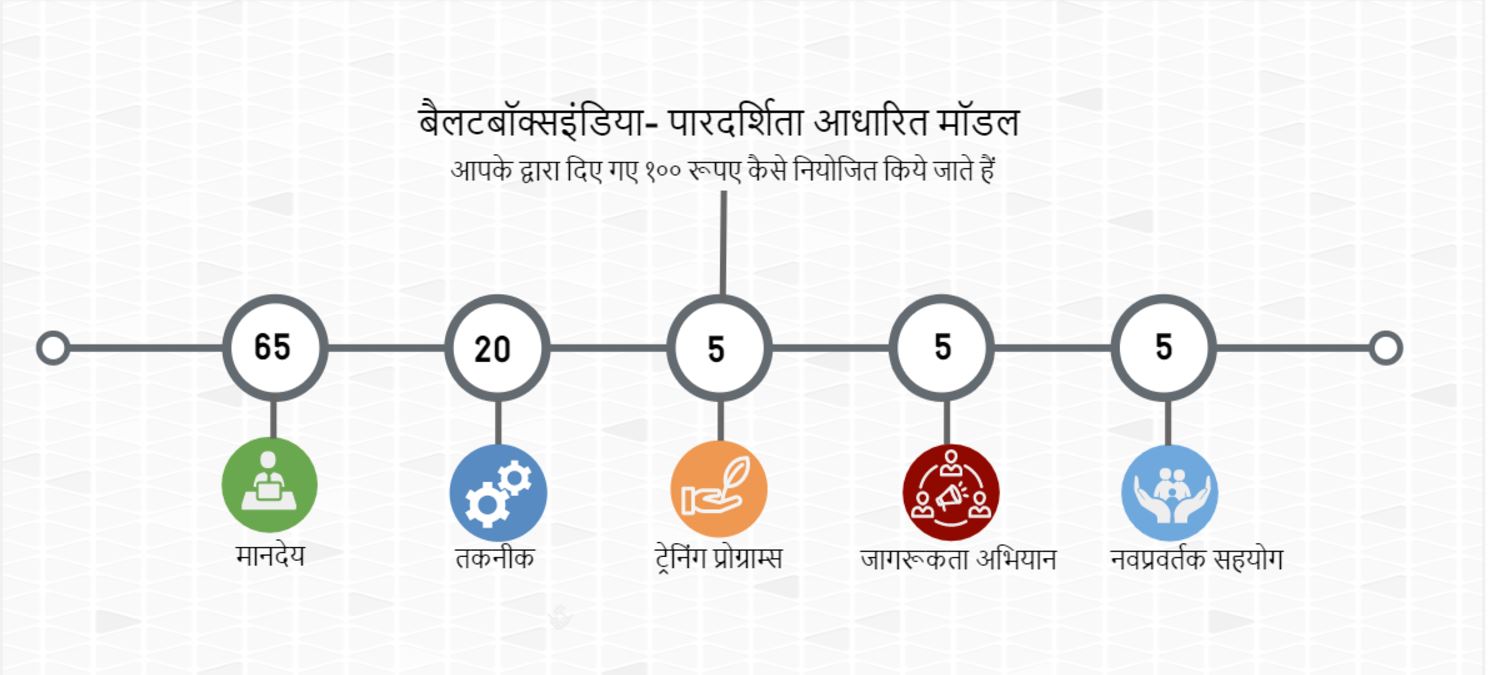There is a wave of riverfront developments in India. UP
governments ambitious project Gomti riverfront development in Lucknow is under
construction which is influenced from first riverfront development project, Gujarat’s Sabarmati Riverfront
development. There are several other similar riverfronts proposed on the
banks of rivers in India.
Bulky Riverfront Projects
Riverfront developments are cost rich projects that take few years of rigorous work for development. It takes diversion of resources, government budget, labor, etc.
Looking briefly at these projects indicates that the discourse mainly revolves around the commercial and recreational activities. Concrete Wall Embankments, reclamation of the river in floodplains and commercialization of the reclaimed land are the innate components of these projects.
Recreational Activities that are promoted on the riverfronts typically include shopping malls, boat trips, theme parks, restaurants, walk ways and parking lots in the paved and encroached river bed. Every riverfront project talks about the c ommercial beautification of the river but none emphasizes on the betterment of its condition and ecology.
So, what exactly is a riverfront development? What does it entails? Is it just a cosmetic beautification of rivers or does it really rejuvenates or betters the condition of rivers? The riverfront developments that mainly aims to beautify for commercial purposes essentially changes the ecological and social landscapes of the river, transforming it into an urban commercial space rather than a natural, social, cultural, ecological landscape.
Is it wise to go for this kind of development on riverfronts? What does it do to the river ecosystem, its hydrological cycle? What does it do to the downstream of river? These questions need to be explored and answered before accepting the current model of riverfront development as replicable and laudable.
To analyze the present pattern we would take you through different riverfront development projects in the country. Read Below:-
Sabarmati Riverfront development:
Sabarmati riverfront development was the first project in the group of riverfront projects in India. Sabarmati riverfront on river Sabarmati in Ahmedabad was proposed in 1960 but the construction started in year 2005.
It is acclaimed pioneering in urban transformation and envisaged to develop 11.25 Km stretch on the banks of the river but ground reality is different and the project has done little to no development of the river. Instead has deteriorated the river ecology.
The 11.25 km long stretch is made of concrete
embankments on both sides with walkways. The estimated cost of the project is
Rs.1200 crores which will be recovered by selling of parts of reclaimed land
for commercial and residential purpose. The reclaimed land is used for public
as well as private development. More than 85% of the reclaimed land will be used for public infrastructure, recreational parks, sports facilities and gardens while nearly 14% will be used for commercial and residential purpose.
In 2003, the project was extended to cover an 11.25 km
stretch from 10.4 km stretch with reclamation of 202.79 hectares (501.1 acres) and was put on fast
track. Project was inaugurated by then Chief minister of the state Narendra
modi on 15 August 2012.
Ahmedabad Municipal Corporation (AMC) claims that the after the project, riverfront has added vibrancy to the urban landscape of Ahmedabad with its well-designed gardens, open spaces, walkways, along with activities which contribute to economic growth.
It also claims that it improves/has improved environment by reducing
erosion of the banks and flooding of low-lying areas of the city by the walls
constructed on the both banks. The new integrated sewage and storm-water system
intercepts 38 former sewage and industrial effluent discharge points and route
it to sewage treatment plants located south of Vasna Barrage. Thus reducing the water
pollution in the river. The water level in the river is retained through Vasna
Barrage and the losing water is replenished by the Narmada Canal. It enabled
the groundwater recharge and the recreational facilities like boating in the
river. It also replenishes river by treated sewage water.
But REALITY seems different.
It doesn’t look true. Though the project has been labeled as “best practice” by several financing institutions, it has also drawn flak for poor rehabilitation of the displaced(rehabilitation happened only after High Court orders following a public interest petition) disrupting the nexus of shelter, livelihood and services of urban poor, lack of transparency in the execution, not improving the water quality and for tampering with the carrying capacity of the river.
It is strange that Environment Impact Assessment of the project was not conducted neither any credible public consultation process held.
In the name of Sabarmati River front development, no cleaning
of the river has happened. The project has only transferred the water from both
banks to the river downstream from Vasna barrage, which is situated downstream
from the city. The Vasna barrage stops and stores the water released from
Narmada Main Canal that crosses the river about 10.4 km upstream from the
barrage. Thus this 11.25 km stretch of the river now holds the Narmada water and
huge losses from the stretch are losses for the drought prone areas.
The project was stalled during August 2006 to March 2007 due
to heavy floods. Prior to the floods, the river’s maximum carrying capacity was
calculated at 4.75 lakh cusecs on basis of the rainfall over last 100 years.
The floods however proved the calculation wrong.
The irony is, this project is considered pioneering project in the group of upcoming riverfronts in India and is laying the guide lines for them despite being no less than a failure.
Sabarmati riverfront has distorted the ecology of the river to space the commercial greed of few.
The water quality of the river is extremely poor and has declined in discourse. The cosmetic treatment of the water stretch has depleted the water and Sabarmati and water in the river is of river Narmada.
Components of Sabarmati Riverfront development Project:
- The 11.25 km long stretch would be made of concrete
embankments on both sides with walkways.
- The estimated cost of the project is Rs.1200 crores which
will be recovered by selling of parts of reclaimed land for commercial and
residential purpose.
- The average width of the river channel was 382 meters (1,253
ft.) and now it is further narrowed and jacketed within 263 meters (863 ft.)
- The riverfront with its open spaces, walkways, well-designed
gardens along with activities will contribute to economic growth.
- It claims that it improves environment by reducing erosion of
the banks and flooding of low-lying areas of the city by the walls constructed
on the both banks.
- The water level in the river is retained through Vasna Barrage and the losing water is replenished by the Narmada Canal.
- The shelter,
livelihood and services of urban poor were disrupted and displaced poorly to
reclaim the river land.
Gomti Riverfront Development
Gomti riverfront is an example of a wrong lead produced by River Sabarmati. Gomti Riverfront started in 2012 under the aspiring government led by then newly elected chief minister Akhilesh yadav. Gomti riverfront was proposed to rejuvenate the present condition of the river Gomti. In addition to it, it would beautify the embankments, to build them for commercial and recreational activities.
The project aims at building concrete riverbanks of length 12
km stretching from Pucca pull to Shaheed path. The state government has made
irrigation department the nodal agency of the project to revive the river in
three ways. There will be extensive cleaning of the river bed and water flow
will be regularized through river channelization. Besides, the surroundings
will be made beautiful. There will be walking plazas, cycling and jogging tracks
and ghats along the banks. It also aims at joining sharda canal with the river
to maintain the water level in the times of crisis.
If look closely, this projects mainly speaks about the
cosmetic beautification of the river. Building of concrete walls in the
riverbeds has disturbed the ecology of the river. Maximum natural water sources
in the depth have depleted and the water has dried up.
In the Environment impact assessment report conduct by IIT
Roorkee, IIT Roorkee had warned about the consequences of this project.
Limiting the river within the channel of 250 meter wide concrete wall would
suffocate the river and advert times would blow away the bridges like Pucca
Pull (Hardinge Bridge) with it. When floodplains are paved with the concrete
and cement, excess water would flood the city in times of flood.
The project has raised several concerns and received flak
from various environment experts all-around. Several drains are still falling
un-intercepted in the river causing pollution. Excess tax payers’ money is
being wasted on this venture but nothing about the expenses is there in the
public domain. People are totally unaware about their money being wasted.
Irrigation department denied rendering information asked by Ballotboxindia in
the RTI.
Key features of Gomti Riverfront development project:
- The project aims at
building concrete riverbanks of length 12 km stretching from Pucca pull to
Shaheed path.
- There will be walking
plazas, cycling and jogging tracks and ghats along the banks.
- It also aims at joining sharda canal with the river to maintain the water level in the times of crisis.
- River has been jacketed
within 100-120 meters
Yamuna Riverfront Development
Though still on paper, Delhi government has plans ready for the Yamuna riverfront development project. Delhi government aims at improving the abysmal condition of river Yamuna that runs in miserable condition through Delhi. As estimated, it will take two years to develop a 5 km stretch of Yamuna with Rs 200 crores. As proposed, after development of stretch to beautify about a quarter of the river stretch it will have medicinal gardens, a biodiversity park and a modern wrestling ring.The river will also have canoeing and rowing facility. The stretch on the quarter length of the river in upstream of wazirabad will also sport cycle tracks and recreational activities. Bird watching and nature trails will also be facilitated. It will be a ‘concrete free’ riverfront development and to keep it ecological use of bamboo and wood will be made.
Key features of Yamuna Riverfront development:
- development of a 5 km stretch of Yamuna River with Rs 200 crores
- It will be a ‘concrete free’ riverfront development and to keep it ecological, use of bamboo and wood will be made.
- The developed river stretch will have medicinal gardens, a biodiversity park and a modern wrestling ring. Bird watching and nature trails will also be facilitated.
- The stretch on the quarter length of the river in upstream of wazirabad will also sport cycle tracks and recreational activities. The river will also have canoeing and rowing facility.
Hindon Riverfront Project
Alike other kins, Hindon riverfront also talks about
restoring the Hindon river ecology and make it clean. The hindon riverfront
project would stretch 22 km
up to Greater Noida. A green corridor is proposed to be developed across 600 hectares Noida flood
plains that will avail picnic spots to general public. In the first phase,
about 200 acres will be acquired and converted into the riverfront area. The project involves developing facilities like parks, yoga centres, picnic spots and sports centres.
The proposed plan also entails eco-friendly cycle tracks, green belts and parks in green corridor. The project would also take care of the untreated sewerage falling in the river to rejuvenate it by sewage treatment plants.The projects DPR is still under preparation and is expected to complete by the mid of 2017.
Key features of Hindon Riverfront project:
- The hindon riverfront project would stretch 22 km up to Greater Noida.
- A green corridor is proposed to be developed across 600 hectares Noida flood plains that will avail picnic spots to general public. The project involves developing facilities like parks, yoga centres, picnic spots and sports centres.
- The proposed plan also entails eco-friendly cycle tracks, green belts and parks in green corridor.
- The project would also take care of the untreated sewerage falling in the river to rejuvenate it by sewage treatment plants.
Pune riverfront development
The two rivers Mula and Mutha that flow through the heart of Pune city have deteriorated beyond limit and Pune Municipal Corporation under
the aegis of JNNURM (Jawaharlal Nehru National Urban Renewal Mission) has
planned a project along 44 km stretch of Mula and Mutha to envisage the channelizing
of the river, introducing barrages to maintain water levels, development of
riparian zone as entertainment and shopping groups, even Parking lots,
introducing navigation in the river etc.
Project plan has several short comings and has been put to break before its start. The project does not say a word about treating water quality, but has plans to build drainage lines inside the riverbed and carry the sewage out of Pune city limits. This hardly qualifies as river rejuvenation or restoration. A case has been filed against this project in National Green Tribunal.
Key features of the Pune Riverfront development project:
- Riverfront development project along 44 km stretch of Mula and Mutha to envisage the channelizing of the river
- Introducing barrages to maintain water levels
- Development of riparian zone as entertainment and shopping groups, even Parking lots, introducing navigation in the river etc.
Brahmaputra Riverfront development
Assam government had inaugurated the Brahmaputra riverfront project
in 2013 under Assam infrastructure financing authority. The 20 km stretch along
river in the city will undergo revamp as a part of the project. While the plan
talks of revitalization of the river ecology and Strengthening of riverbanks
through soil bio engineering it has several urban features on its agenda like
promenade, Ghats, Plazas and Parks; buildings, conference facilities, Parking
lots, ferry terminals, Bus and para transport stops, Urban utilities and
drainage, Improved infrastructure for floating restaurants, Public amenities;
Dhobi Ghats, etc. The project will also restrict any construction within the 400
meters of the river. The Assam government plans to boost tourism in the state with
this lavish project.
Assam government also wants to end criminal or nefarious activities along the river bank and reclaim the encroached land by them by this project.
But thing to notice is that while on one hand the city is struggling to cope up with the flood prone nature of the Brahmaputra River, State Government of Assam plans to take up an ambitious project to develop the city riverfront. On the request of GMDA (Guwahati metropolitan development authority), National Institute of Hydrology (NIH), Roorkee is carrying out a study which includes river shifting analysis for studying stability of the river banks, flow variations to determine the perennial water depth, estimate of floods of various return periods for design of river embankments, estimate of water surface profiles employing hydro-dynamic river flow model and design parameters for river embankments. The Brahmaputra Riverfront Development Project however has been inaugurated even before the requisite studies have been completed.
Key components of the project:
- Continuity and access along the river
- Linkages from the city to the riverfront
- Restructuring Land Use
- Development of cultural precinct in the Government areas
- Revitalization of the river ecology
- Strengthening of riverbanks through soil bio engineering
- Riverside Promenade, Ghats, Plazas and Parks
- Buildings for social infrastructure-museums, art gallery,
conservatory, conference facilities and youth centre
- Local produce markets
- Lighting, Street Furniture & Public Art
- Heritage management & conservation
- Improved cross sections of roads with emphasis on pedestrian
safety and NMV usage.
- Improved MV movement
- Parking facilities
- Ferry terminals
- Bus and para transport stops
- Urban utilities and drainage
- Improved infrastructure for floating restaurants
- Public amenities
- Riverfront management infrastructure
- Reorganization of cremation activity
- Signage
- Dhobi ghats
- Development controls and norms
Godavari river development
The city of Nashik has been blessed with the passage of rivers Godavari and Darna. 18 km stretch along both banks of Godavari River need to be developed with amenities, Gardens and parking spaces, community facility so that essentially the area is useful in handling congestion in the Kumbhmela period as well as create places of relaxation for citizens of Nashik.
Earlier the Nashik Municipal Corporation (NMC) had tried to improve the riverfront small stretch by constructing small ghats, Jogging track and retaining walls at some stretches of the left bank of river about 3 km long under the Goda Park project.But it is felt that these efforts are not sufficient for the conservation of river front.
Godavari Riverfront Development at Nanded focuses on regeneration of the river. The North Bank will be integrated with the existing urban fabric while the less developed South Bank is proposed as an eco-park.
Key components of the 13.5 km long project:
- Ghats, walking paths and promenades with laser shows, musical fountains, rope-way, multi-purpose meeting hall, garden,
- water sports, canteen, etc.
- Buildings for social infrastructure
- Revival of natural drainage systems
- Revenue generation systems
- Parks, gardens, street planting and eco-systems
- Lighting
- Street furniture, art, sculptures
- Reorganizing cremation activity
- Solid waste management
The project has received funds from the National River Conservation Directorate as well as JNNURM.
On the other hand there are several court orders against Nashik Municipal Corporation pending about severe water pollution in the River including Ram Kund where holy dip on Kumbh Mela is supposed to be taken.
 tag on profile.
tag on profile.




